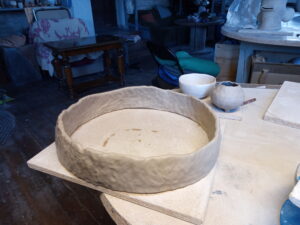Thinking in the last of the snow.
I have been feeling for quite some time trapped by the snow. To begin a new work to move on from Kunda I felt I had to dig up more clay. And with the ground so frozen I was stuck. The temperature was always well below 0 and the studio was a fridge, not very good for your body. The climate was so harsh for such a long time that I couldn’t leave the city and explore new places in other environments safely.
The snow was a relief when it came as it made everything lighter and quieter. It covers all of the dark spaces, sharp edges, and hard surfaces, and so sound doesn’t seem to exist in the same way. Not bouncing off everything but kind of being caught by the snow and absorbed.
I’ve gradually crawled forward in my thinking. When I dug the clay from Lahemaa and walked around the bogs there, the peat seemed really important to that place and so to the material I took from there. I felt there must be a way to connect peat to clay, but it will take some time to come and I won’t rush after it.
I have found the connection. And it also moves on from Kunda.
The next movement of work will explore past and present lakes. It will be a dialogue between two bodies of water. One that is now a bog peat landscape that holds prehistoric artefacts and traces, and the other in close proximity a current lake, that may be a shrunken remain of the pre-existing larger lake. A site that seems promising for this would be Akali settlement and Kullamäe settlement, which are in the South East of Estonia next to the current Lake Peipus. Lake Peipus is the largest trans-boundary lake in Europe on the border of Estonia and Russia. These settlements have been found under a three meter thick peat bog layer.

This map is from the article ‘Hunter-gatherer pit-houses in Stone Age Estonia’ by Irina Khrustaleva1, Raido Roog, Margarita Kholkina & Aivar Kriiskal. Published online, 27 January 2020 by Springer-Verlag GmbH Germany, part of Springer Nature 2020.
You can see number 6 and 7 as the Akali and Kullamäe settlements in the South East on the shore of the lake.
I have just discovered through reading this article, that the clay I dug up from Lahemaa national park, which was from a place just outside the small village of Vihasoo is also in close proximity to an archaeological site. On the map, number 9, it shows a site of pit houses at Vihasoo. Maybe the ghosts are pushing me towards their clay. Going to the Vihasoo to dig clay was a completely random and unknown decision. Kunda was calculated because I knew there would be clay, but similairly I did not know the large prehistoric importance of the place I was digging.
This map above is detailing pit house, sites where all of the floors are sunken into the ground. Houses dug as vessels into the earth.
” All these houses had floors that were intentionally deepened or sunk into the natural layer”
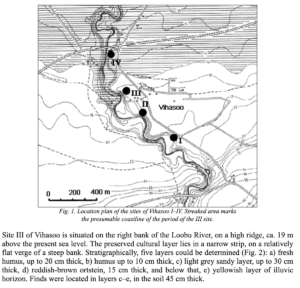
This map is from the paper ‘Excavations of the Stone Age site at Vihasoo III’ by Aivar Kriiska, Arheoloogilised välitööd Eestis 1996. Stilus, 7, 1997, 19-28.
The Loobu River is where these sites are along, on the google map below I highlighted where I dug the Lahemaa clay from.
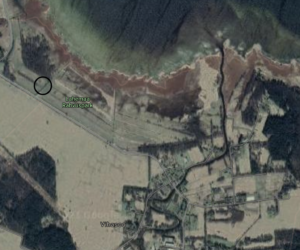
Anyway, through writing this I have gone on a bit of a detour.
The lakes as the past basins, and the houses themselves as basins dug into the earth, and me making basins.
I will be doing further research into the offerings made to bodies of water by these prehistoric people.
There is also the Pulli settlement along the Parnu River, which is number 5 on the first map. The Pulli settlement is the oldest dating settlement in Estonia. There is this beautiful small sculpture that was found from there:

” Pulli summer camp, built on the banks of a stream once lapsed into a giant Ancylus Lake “(http://www.parnumuuseum.ee/parnu-museum/permanent-exhibition/stone-age)
Another relationship to a large body of water, the Ancylus Lake.
It seems that in fact most archaeological sites and findings now exist in land areas that are now earth, which were previously in very close proximity to bodies of water, or have conversely been taken away by the sea as sea levels have changed.
Then there is the Suurlaid island clay. This may lead in a different direction. This is a current site of land surrounded by water. In future however this would probably be submerged rather than land bound. There may be a possible to create a relationship between this Estonian island and a Scottish island like Orkney.
Each act of digging seems to call for an entire action or body of work. Each act begins another whole series of movements that are coming from that initial action. And then within each new body it calls for more acts of digging. And so and so and so.
I took the train down to Tartu, in the South of Estonia which takes two hours each way, to see an old friend who was opening a group exhibition she had curated with a friend, and was part of. The exhibition was called ‘see sinine maja Baeri tänaval’ (That blue house on Baeri street).
I felt I needed to sit for a while and read on the train, and also to be surrounded by some close friends and young artists. I read ‘The White Road, A journey into obsession’ by Edmund de Waal. It tells of his relationship to porcelain, and his journeys to key places around the world where this material is sourced from. He is talking about the whiteness of the material all of the time, and so it felt fitting with the passing of the last of the flat white landscapes of Estonia by the window. I had also been listening to some of his interviews. One with Theaster Gates, talking about libraries and bricks, and pots. I enjoy the combination of books and clay that was happening in this conversation. He has talked about silences. And the making of bowls as the making of an empty space within our current space, and so bowls being the physical creation of a silence, or a volume within a space. So in making bowls making silences. I think this might be part of the reason why I keep making so many vessels. I also was reading one Paul Celan poem about snow and silence.
So I was thinking through all of this, the lakes and the silences and the snow and then I found the blue house. The exhibition was in an empty apartment, quite big, everyone was in their socks, leave your shoes at the door. The overarching feeling of the place was a focus on emptiness, and what that means. I asked my friend how she was and she said that she didn’t have any particular feeling. I spent some time there, watching the mix of performances and video works, interactive, and stiller pieces. Then I walked back to the train station and spent another two hours on the way back up to Tallinn.
Some reports and photos on the exhibition:
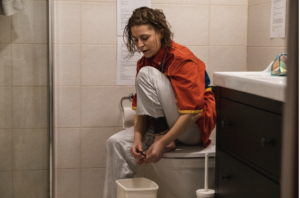
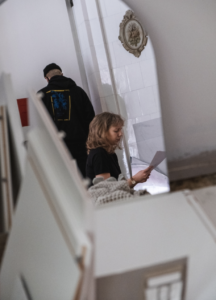
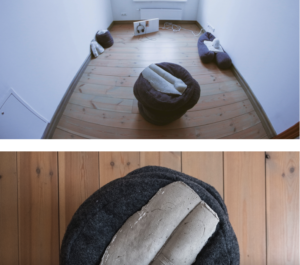

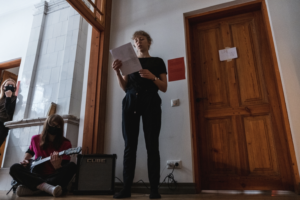

(not my photos)
It felt really important to be around this moving mixture of artists and performers, that there was still things happening. The next day the Estonian government announced the closing of art and culture institutions and tightening of covid rules.
The snow has completely melted now, and the sun has been shining, and birds singing, it feels like the cold spring is here.
I have been collecting a plan together, of what to focus on. I think that the dialogue between past bodies of water now filled by peat and present water bodies (a conversation between lakes gone and lakes now, lakes filled and muted), in relation to human traces and pottery sherds, will link with my feeling to keep making quiet vessels.
Works such as Anne Bevan’s ‘Source’ 2001, where she transports water from Venice to the harbour of Orkney, offer an example of carrying and moving water between different places to create dialogues.
I have the opportunity to be in contact with an artist Juss Heinsalu, who’s father works as a specialist in one geological centre in Estonia. Juss and his father have extensive knowledge of local clays.
Below are some images of the exhibition space that I am planning on organising a show in in May, these are the two floors above the level where I make work in the studio. The studio is approximately from the 14th century.

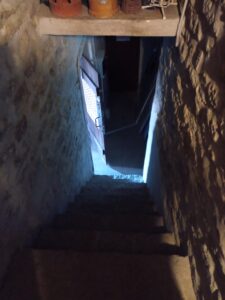
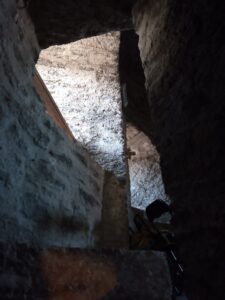

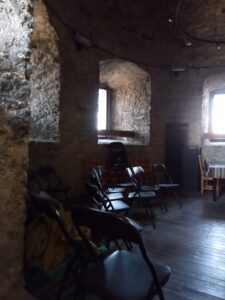
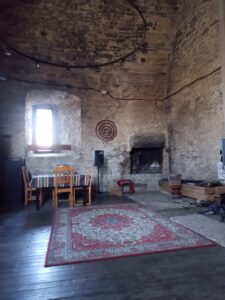

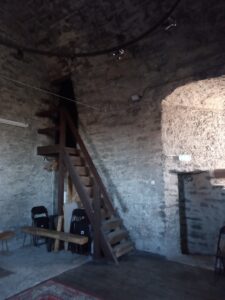
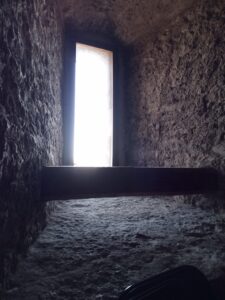
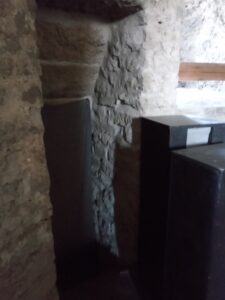
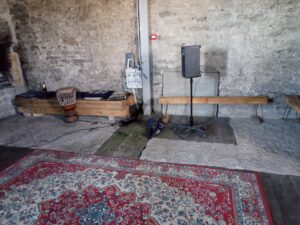
 .
. 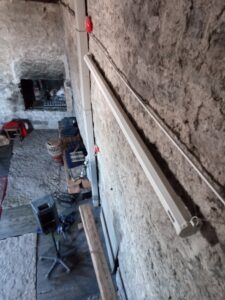
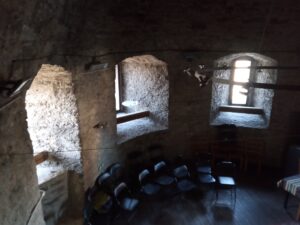

 .
. 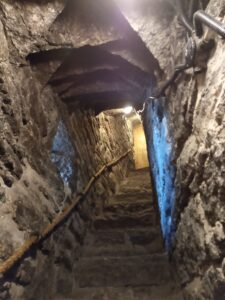


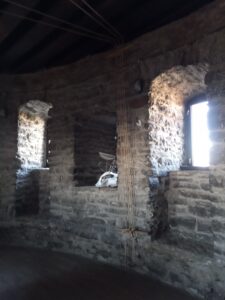
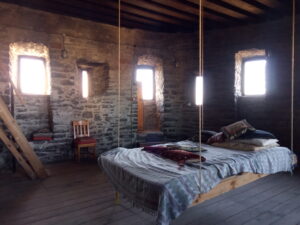

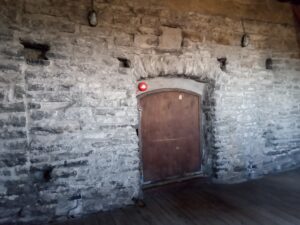

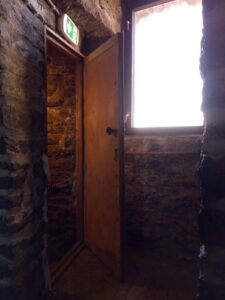

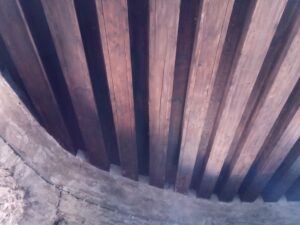

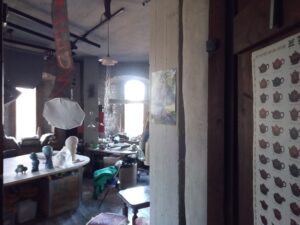

This is a very big and beautiful space.
I think that the best way for me to communicate the amount of research behind whatever installation I make would be through a series of interviews and through me making as part of the exhibition. I would like the interviews to play on a small screen and for the person to sit in the chair that I make things in while listening to them.

If I am going to exhibit some large pots, I need to plan now to fit with firing schedules.
I would like there to be some raw burnished unfired works however just as much as fired ones. Maybe I fire them after the exhibition and take them out into the landscape to be installed.
